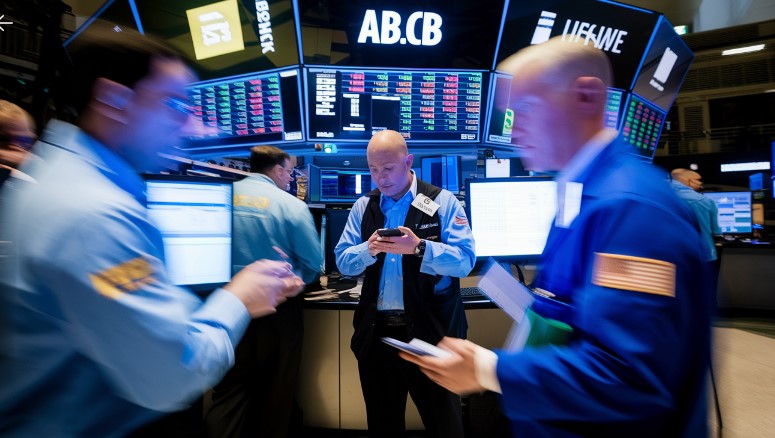Currency Futures on Futures Trading Platforms: Tools Every Trader Needs

Introduction
Currency futures are a popular derivative instrument that allows traders to speculate on the future value of different currencies. These futures contracts are commonly traded on futures trading platforms and offer numerous benefits, including the ability to hedge currency risk, speculate on price movements, and diversify investment portfolios. However, to succeed in currency futures trading, having the right tools is essential. In this article, we’ll explore the key tools and features every trader needs when trading currency futures on futures trading platforms.
What Are Currency Futures?
Currency futures are contracts that allow traders to buy or sell a specific amount of a currency at a predetermined price on a set future date. These contracts are standardized and traded on exchanges like the Chicago Mercantile Exchange (CME). Major currency pairs, such as EUR/USD, GBP/USD, and JPY/USD, are commonly traded.
Unlike spot forex markets, which involve the actual exchange of currency, currency futures are a form of speculation on currency price movements and can be settled in cash or through the delivery of the underlying currency.
Essential Tools for Trading Currency Futures
When it comes to trading currency futures on futures trading platforms, there are several tools that can help traders make informed decisions, manage risks, and optimize their strategies. Below are the essential tools every trader should be familiar with:
- Real-Time Data and Market Analysis Tools:
- Currency futures are affected by a variety of economic factors, including interest rates, geopolitical events, and global trade relations. Having access to real-time market data is crucial for staying ahead of market movements.
- Trading platforms should provide up-to-date information on currency pair prices, order books, volume, and open interest. These tools help traders analyze market trends and make decisions based on current conditions.
- Advanced Charting Tools:
- Charting tools are essential for technical analysis. These tools allow traders to analyze price trends, identify patterns, and apply technical indicators such as moving averages, Relative Strength Index (RSI), and Bollinger Bands.
- Platforms should offer customizable charting options that let traders adjust timeframes, overlay technical indicators, and create alert systems for price levels or chart patterns.
- Risk Management Tools:
- Effective risk management is one of the keys to success in currency futures trading. Futures markets can experience high volatility, so using stop-loss orders, limit orders, and trailing stops is essential for minimizing risk.
- Futures trading platforms often offer automated tools that can help traders manage their positions. For instance, one-click order entry and order execution tools make it easier to set up and adjust trades in real-time.
- Leverage and Margin Tools:
- Leverage allows traders to control a larger position with less capital, amplifying potential profits. However, it also increases risk. Margin tools on futures trading platforms enable traders to manage their leverage carefully.
- Understanding margin requirements and ensuring that sufficient funds are available to cover margin calls is crucial to successful trading. Futures trading platforms should provide clear margin calculations and real-time updates on margin levels.
- Economic Calendar:
- Economic events such as interest rate decisions, economic reports, and geopolitical developments can significantly impact currency prices. A built-in economic calendar helps traders track key events and make informed decisions ahead of market-moving announcements.
